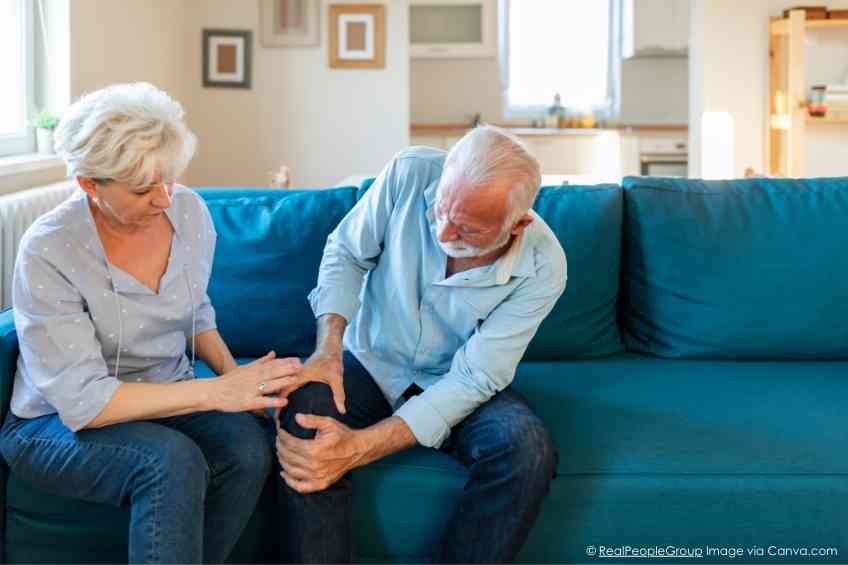By John Salak –
Osteoarthritis is bad and it is likely to get a whole lot worse in the next 25 years. Known as the most common form of arthritis, a new study projects that by 2050 one billion people worldwide will be living with the disease—which is approximately double the current number.
The biggest culprit in the surge is obesity, which is sobering news for the approximately 40 percent of Americans who are currently obese prevalent. If the osteoarthritis projections by the Institute for Health Metrics and Evaluation (IHME) hold true, this means more than 60 million Americans will suffer from the disease by 2050.
Obesity isn’t the only factor leading to the shocking rise in the disease, which degenerates various joints, resulting in pain, stiffness, decreased range of motion and swelling. The overall increase in aging as well as an expanding global population are also responsible. Regardless of the causes, individuals, caregivers and national healthcare systems needs to be prepared for the increase, while also investigating ways to mitigate its impact.
The research revealed that obesity is responsible for almost 20 percent of all cases. It’s estimated that about 60 percent of cases were in women, while about 40 percent involved men. The rate of the disease increases with age, making it the seventh-ranked cause of disability for those over 70. It does, however, increasingly affect younger adults, as 15 percent of individuals 30 and older have experienced osteoarthritis.
“With the key drivers of people living longer and a growing world population, we need to anticipate stress on health systems in most countries,” explained Dr. Jaimie Steinmetz, the paper’s corresponding author and lead research scientist at IHME. “There is no effective cure for osteoarthritis right now, so it’s critical that we focus on strategies of prevention, early intervention, and making expensive, effective treatments like joint replacements more affordable in low- and middle-income countries.”
The IHME researchers don’t expect the ratio in cases between women and men to change much in the next 25 years while adding there are probably several factors that hit women more frequently.
“The reasons for gender differences in osteoarthritis prevalence are being investigated, but researchers believe that genetics, hormonal factors, and anatomical differences play a role,” noted Dr. Jacek Kopek, senior author and professor in the School of Population and Public Health at the University of British Columbia.
The fact the osteoarthritis has no known cure makes the need for proactive approaches to the disease critical. The link to obesity is one place to start, according to the researchers.
“Health care systems and governments have an opportunity to engage and participate in identifying vulnerable populations, addressing drivers of obesity and developing management strategies to prevent or slow down the progression of osteoarthritis,” noted Dr. Liane Ong, lead research scientist at IHME, who supervised and co-authored the study. “The role that physical inactivity plays in obesity and pain associated with osteoarthritis can have opposite and unintended negative cycles. For example, being physically active can prevent injuries earlier in life and can even be beneficial for someone with joint pain. It’s counterintuitive but having joint pain doesn’t mean we should remain sedentary.”
Weight loss drugs may also play a role in limiting the dire consequences for obese individuals who specifically suffer from knee or hip osteoarthritis. A new study published in Arthritis & Rheumatology found that individuals with these conditions who were taking weight loss medications orlistat, sibutramine or rimonabant may lower their risk of premature death.
The study, which analyzed data from more than 6,500 individuals, ultimately found that the risk of death was reduced by 28 percent.
One physician, who was not involved in the study, noted that gradual or moderate weight loss makes sense, adding the rapid loss impacts nutritional deficiencies and exacerbates muscle loss, both of which can foster arthritis and increase the risk of death.













